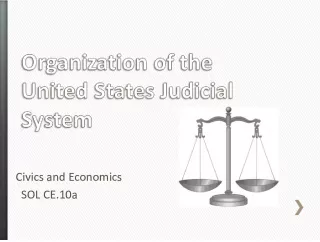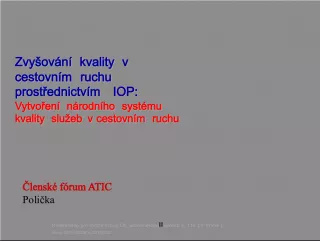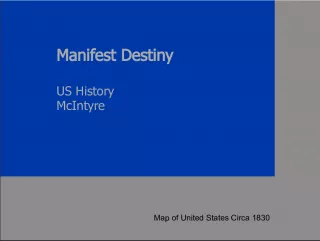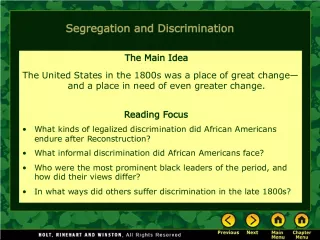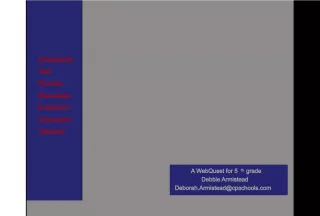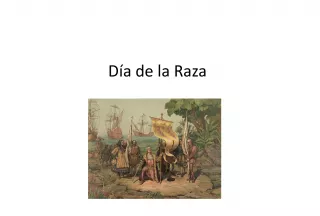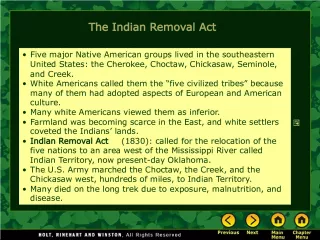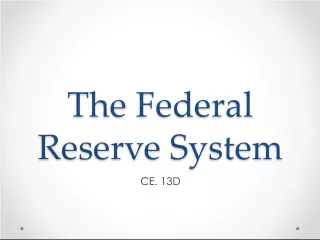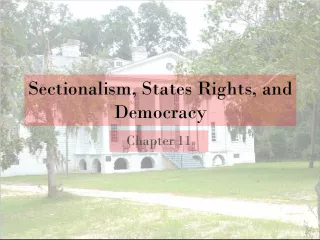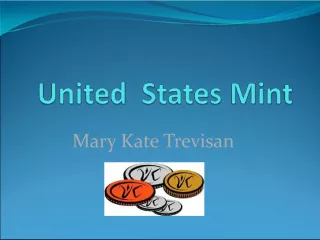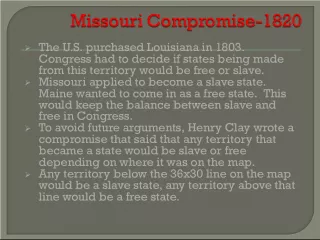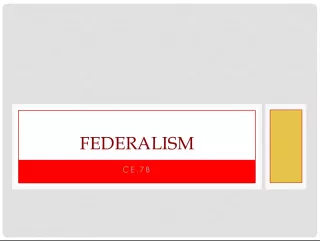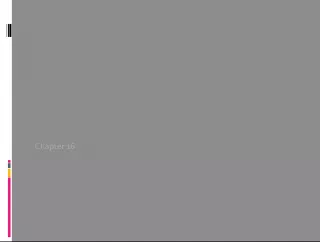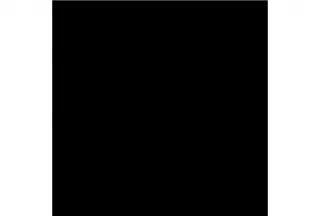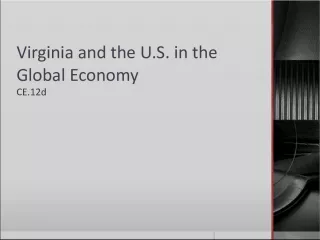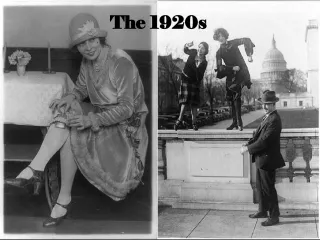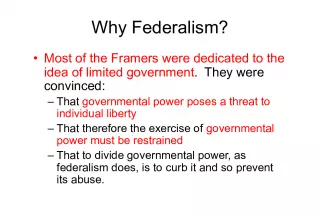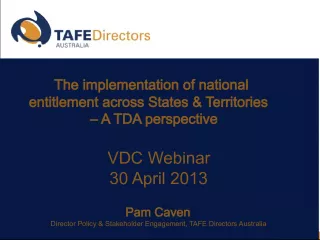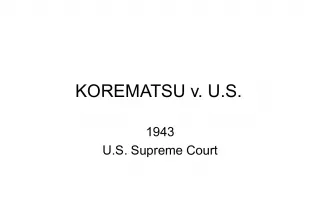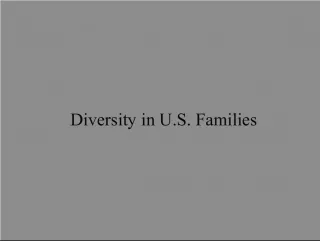The Creation and Structure of the National Judiciary System in the United States


This chapter delves into the establishment of the National Judiciary system in the United States, as outlined in Article III, Section I of the Constitution. The Supreme Court
- Uploaded on | 5 Views
-
 samantha
samantha
About The Creation and Structure of the National Judiciary System in the United States
PowerPoint presentation about 'The Creation and Structure of the National Judiciary System in the United States'. This presentation describes the topic on This chapter delves into the establishment of the National Judiciary system in the United States, as outlined in Article III, Section I of the Constitution. The Supreme Court. The key topics included in this slideshow are . Download this presentation absolutely free.
Presentation Transcript
Slide1Unit VI – The JudicialSystem Chapter 18 Sections 1 & 2 National Judiciary and The Inferior Courts
Slide2Creation of a National Judiciary Article III, Section I - “The judicial power of the United States shall be vested in one supreme court, and in such inferior courts as the Congress may from time to time ordain and establish.” Article I, Section 8, Clause 9 – Congress is given the expressed power to create the rest of the federal court system.
Slide3Dual Court System Two separate court systems in the United States: Federal (national) system State and local system
Slide4Federal Courts There are also two kinds of federal courts: Supreme Court Inferior courts Constitutional Courts Special Courts See chart on page 521
Slide5Federal Court Jurisdiction Jurisdiction – defined as the authority of a court to hear (to try and to decide) a case. The term literally means “to say the law”. Subject matter – federal courts hear cases if they involve a “federal question” that is, the interpretation of the Constitution.
Slide6Continued… Parties – for a federal case, one of the parties must be The U.S. or an office or agency An ambassador or official rep. of a foreign govt One of the 50 states suing another State A citizen of one State suing another State An American citizen suing a foreign govt A citizen of a state suing another citizen of the same state where both claim title to land under grants from a different state
Slide7Types of Jurisdiction Exclusive or Concurrent – exclusive meaning cases listed from previous slide; concurrent meaning that federal and state courts share the power to hear cases. Original and Appellate – original meaning the case is being heard for the first time; appellate meaning a case heard on appeal from a lower court.
Slide8Federal Judges Selection – President nominates and Senate approves Impact of Philosophy – Restraint – believe that judges should decide cases on the basis of (1) the original intent of the Framers when writing the Constitution Activism – take a much broader view of judicial power; leave more room for interpretation
Slide9Federal Judicial Districts 89 federal judicial districts At least 2 judges assigned to each district (some have more) Refer to chart on page 529
Slide10District Court Jurisdiction District courts have original jurisdiction over more than 80% of the cases that are heard in the federal court system. Criminal and civil cases
